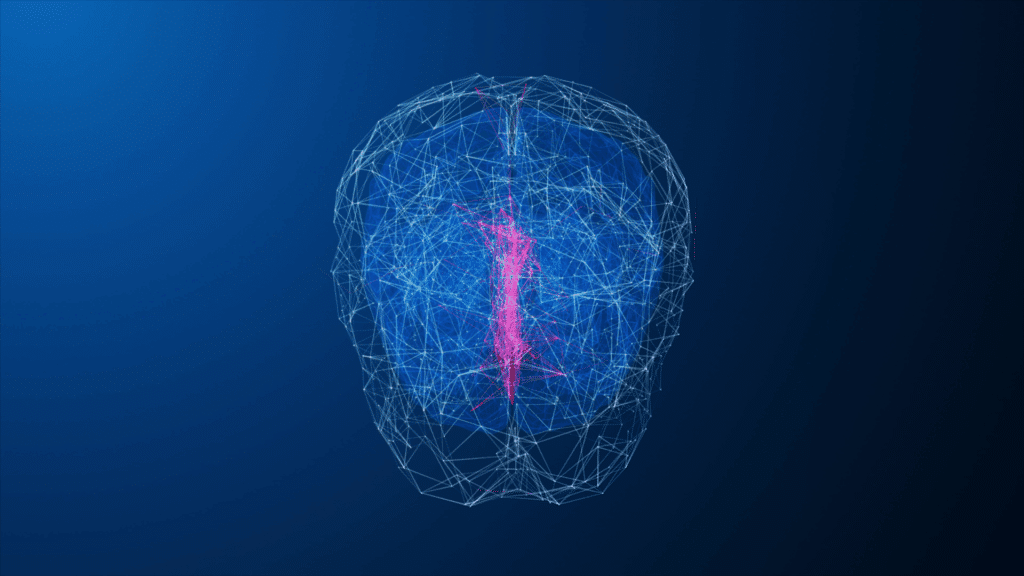
Neurocommunication: How brain research is changing PR strategies
Marketing
Posted 27 Nov 2025
Communication has a more profound impact than its brief moment of perception suggests. Images that were barely noticed can suddenly become clear, and messages can sound coherent even if they are not understood. The reason? The brain does not analyse content directly at first but classifies it intuitively instead. Emotions, patterns, and familiar signals are processed faster than conscious arguments. This means that decisions about what is relevant and what fades away are made early on.
Current findings from perception and behavioural psychology demonstrate how the brain filters information and which stimuli attract attention, explaining why some messages linger in our memory longer than others. This knowledge can complement existing communication approaches and help design content that is easier to absorb and remember.
Thus, neurocommunication enhances established PR strategies by considering how information is processed more comprehensively. However, the question remains: how does this concept fit into the world of PR, and what should be considered to implement neurocommunication effectively?
Traditional PR relies on reach and repetition to make messages visible and place them in relevant channels. This foundation remains essential. However, in an environment of abundant information and short attention spans, another factor is becoming increasingly important: content must not only be seen; it must also evoke a response.
The brain constantly filters information and decides within seconds whether the content is relevant. Too many stimuli overwhelm, and too many messages confuse. Neurocommunication, therefore, focuses on clarity and reduction: less information, but more meaning. Concise headlines, striking images, and clear thoughts draw attention to the essentials, increasing the likelihood that messages will be noticed and remembered.
A clear message is more easily internalised if it has an emotional connection. Language and visual design play a central role in this process. Pictorial formulations activate the imagination, while rhythmic structures facilitate memory. Recurring visual elements, such as a leitmotif or consistent colour scheme, provide orientation and increase recognisability.
There are clear principles that can be followed in everyday communication to make targeted use of neurocommunication tools:
This approach becomes a strategic lever by focusing on clarity. Messages are perceived more efficiently by the target group, remembered more easily, and can have a targeted emotional and content-related effect on recipients. Combining a structural overview, targeted language use, and visual anchors with measurable tests ensures that communication is informative and has a lasting effect.
Neurocommunication makes PR more effective by understanding how people make decisions. A clear example of this can be seen in the field of energy supply. Electricity is one of those products that hardly anyone consciously notices and rarely associates with positive feelings. Nevertheless, some providers manage to charge their brand with emotion. Effective campaigns do not show technical details, but relatively warm light in a family home, shared dinners, children playing, or reading in front of the fireplace. It is not about kilowatt hours, but about the feeling of security and comfort. The abstract benefit becomes emotionally tangible and thus relevant.
This effect does not arise by chance. Neurocommunication specifically analyses which emotions are activated, which brain systems react, and which actions are more likely to result. Subconscious motivational systems, such as the need for security, development, or control, play a central role. Target groups focused on security, for example, respond more strongly to messages that convey reliability. Conversely, people who are more open to new experiences are more likely to respond positively to novelty and innovation, such as smart home solutions or new technological gadgets. Such patterns can now be empirically verified through reaction times, eye movements, and implicit association tests that demonstrate whether a message truly resonates.
Neurocommunication is a strategic tool that combines psychological insights, data, and creative implementation. Rather than manipulation, the goal is relevance: communication is geared to people’s actual needs rather than superficial target-group clichés. This makes messages more transparent, more credible, and more effective.
Those who only communicate loudly are at a disadvantage. Those who communicate more effectively win. Neurocommunication shows that decisions are made in a fraction of a second in the brain, not the mind. Brands that start right there are not just seen; they are noticed, they generate emotions, and they stick in the memory.
More words, additional channels, or larger budgets do not create impact. What matters are memorable messages. This is precisely where strategic neurocommunication comes in. This strategic tool influences behaviour across brand perception, purchasing decisions, and company reputation.
Would you like to incorporate neurocommunicative elements into your repertoire, too? We would be delighted to collaborate with you to develop a concept that keeps your brand at the forefront of people’s minds. Simply email us at vibes@hbi.de.

Communication Advisor at HBI Communication Helga Bailey GmbH
Lucia Galindo Riedel has been supporting HBI in the areas of PR and marketing since 2024.
As a Communication Advisor, her responsibilities include the creation of professional articles and the conceptualization of social media postings.
Furthermore, Lucia is involved in directly assisting our client work.